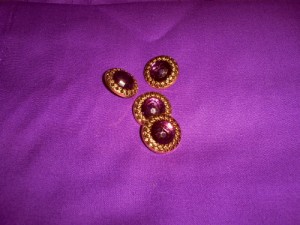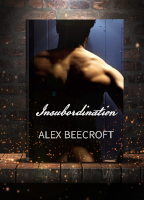Sunday Miscellany
I’ve had Ely Apple Day on my mind for a week. I blogged about it last week, full of enthusiasm with the memory of good dancing and good music on a day when it didn’t rain, even though it looked like it wanted to. I’d been looking forward to seeing the photos, but when we did, several members of the side noticed that everyone was wearing blue. The idea of our kit is that our white shirts represent the white skies of the Fens, our black skirts represent the rich black Fenland soil, our red handkerchiefs represent the blood spilled in the Ely and Littleport Riots after which we’re named, and the many different colours of our waistcoats represent the individuality of each dancer.
This is totally scuppered if we all go for the same colour, and somehow, despite differences of shade, we all seem to have gone for variants of blue. This could mean only one thing – time to make another waistcoat. I wanted lime green, but they didn’t have enough of that on the roll, so – in an unexpected move which surprised even myself – I’ve bought some royal purple material instead
with some tacky yet sparkly buttons to match. This should clash in a most satisfactory way with my orange hair and lime green shawl. Good taste being yet another of those things which the true zen masters of folk have ascended beyond.
Speaking of Ely Apple Day, I had a lovely exchange with a member of the crowd who had drawn up to watch us.
“Where are these dances from?” she asked me.
As I’m sure you know, the same question can have several appropriate answers depending on the context, because the context helps clarify what is actually being asked. I’m not much good at picking up the subtle clues which show what the context is, so I started off by trying to explain that these were dances from the Welsh Borders, but there were other styles of morris dancing from other areas, such as Cotswold and North West Clog, and that the local style – Molly – was similar to what we were doing, but slightly different.
But by that point I could tell from her continued look of bemusement that I was not really answering the question she’d intended to ask. Then I put together her Mediterranean looks and slight lisp of an accent and struck out with what I thought might be a lucky guess. “The prevailing theory is that the Morris dance is originally from Spain,” I said.
Her face cleared – this was obviously what she’d really been asking about all along. “I’m from Catalonia,” she said, “and our dances are just like this. I wondered if there had been some sort of cultural exchange programme.”
I laughed. “There was indeed. It was in the 15th Century.”
And this is why history, and Folk, are neither boring nor irrelevant – because the cultural ties our two countries had five hundred years ago still help make sense of our behaviour, and allow us to feel like part of a family, even today. It’s a small world and dancing makes it a better one.
Music does too. On a different subject, we were walking around Cambridge today, and in three different places we were surrounded by music played live on the painted pianos that have been scattered around the town
http://elfringham.co.uk/cambridge-street-pianos-2/
proper music, mind you. People had obviously discovered they were there, gone home for their sheet music and come back prepared. There was some wonderful concert standard stuff going on al fresco, in the balcony of the shopping centre and outside in the park.


